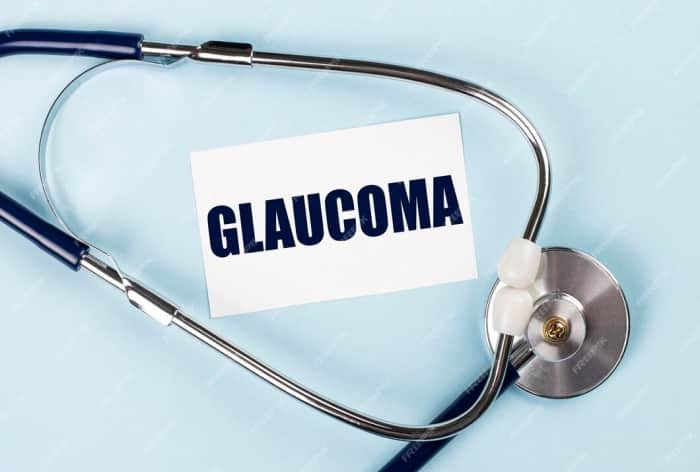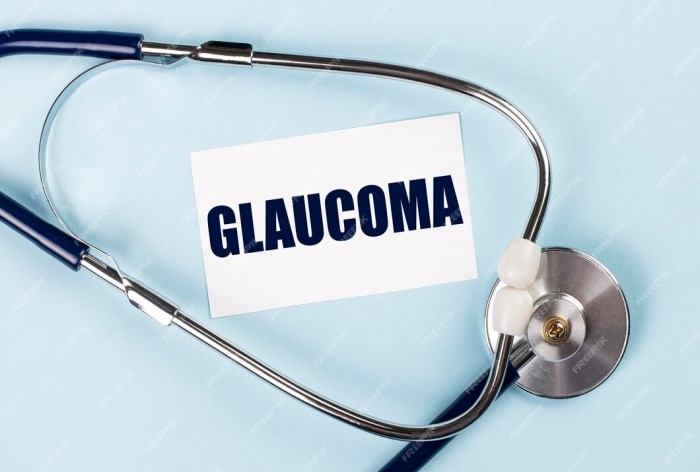Glaucoma is usually common in elderly people but that is no guarantee that youngsters cannot develope it. Experts bust few other such myths about this eye condition.

Growing age entails several health ailments. But this sedentary lifestyle has make even teenagers more prone to developing certain health conditions. One such is glaucoma. It is an eye disorder that damages the optic nerve and may lead to loss of vision. But if you have a good vision, does it mean you will never have glaucoma? Does it only happen at old age? Well, there is no guarantee for any of these claims.
Early detection is crucial to prevent irreversible blindness. Currently, Glaucoma stands as a significant global cause of vision impairment, impacting 80 million people and contributing to 12.3 percent of worldwide blindness. In India, the prevalence is noteworthy, affecting 12 million individuals, with an estimated 40-50 percent of cases going undetected. Dr. Kamala Subramanian, Head of Department-Glaucoma Sankara Eye Hospital, Shimoga, speaking with IANS, debunks some common myths around glaucoma, offering clarity and promoting proactive eye care.
Myth 1: Glaucoma derives only from a strong family history
Fact: Contrary to common perception, glaucoma is not solely tied to genetic factors. While a family history of glaucoma can elevate an individual’s risk, it’s essential to acknowledge that other factors also play substantial roles in the onset of this eye condition. Extended use of steroids for asthma, medications for rheumatoid arthritis, autoimmune diseases, skin conditions, and a history of eye injuries can also contribute to the development of glaucoma.
Myth 2: No Alternatives if medications fail
Fact: Panic should not set in if symptoms appear. Surgical and laser procedures are available to slow down the disease when medications prove insufficient. Consulting an expert ophthalmologist can lead to suitable treatments and prevent irreversible blindness.
Myth 3: Glaucoma occurs only if you have elevated intraocular pressure (IOP)
Fact: Glaucoma results from optic nerve damage, not just high IOP. The pressure elevation happens due to the buildup of aqueous humour, causing damage to the optic nerve.
Myth 4: People with good eye sight won’t develop glaucoma
Fact: Glaucoma can occur to anyone, even if you have good eyesight. It is not that if you have a perfect vision, you won’t develop Glaucoma because people won’t notice symptoms until the disease has reached moderate or advanced stages.
Myth 5: Glaucoma can be cured with dietary modification
Fact: Glaucoma cannot be cured with dietary modifications alone. While a healthy lifestyle, including a balanced diet, is beneficial for overall well-being, it cannot replace medical treatment for glaucoma.
Myth 6: Glaucoma affects only the elderly
Fact: Glaucoma can affect individuals aged 20 to 50 and even infants due to irregular ocular development. It can affect people of all ages even in newborns. Definitely the open angle glaucoma occurs mostly in older people. Some babies develop congenital glaucoma while other children have other eye diseases that can lead to secondary glaucoma. There are different types of glaucoma that affect different age groups.
Myth 7: Unattended cataract can cause glaucoma &irreversible vision loss
Fact: Cataracts and glaucoma are distinct conditions. Cataracts result from the clouding of the eye’s lens, causing vision issues. Both share common risk factors, but one doesn’t transform into the other. Cataracts are treatable and occur as a resulting of getting old usually sometimes after the age of 40. Whereas Glaucoma can occur irrespective of age and the people with diabetes have higher risk of developing glaucoma.
Myth 8: Excessive Screen Time Raises Glaucoma Risk
Fact: There’s no scientific evidence linking excess screen time to glaucoma. However, myopia (nearsightedness) patients spending extended periods at screens may be at risk.
In summary, clarifying the difference between misconceptions and realities about glaucoma is crucial for maintaining optimal eye health. Increasing awareness about the potential risk factors and symptoms of glaucoma is vital for early detection and successful management. Regular eye examinations and the promotion of proactive measures are necessary to protect vision and prevent irreversible damage associated with glaucoma. If there is a significant family history of glaucoma, it is imperative for the next generation to undergo comprehensive glaucoma testing in addition to routine screenings.

